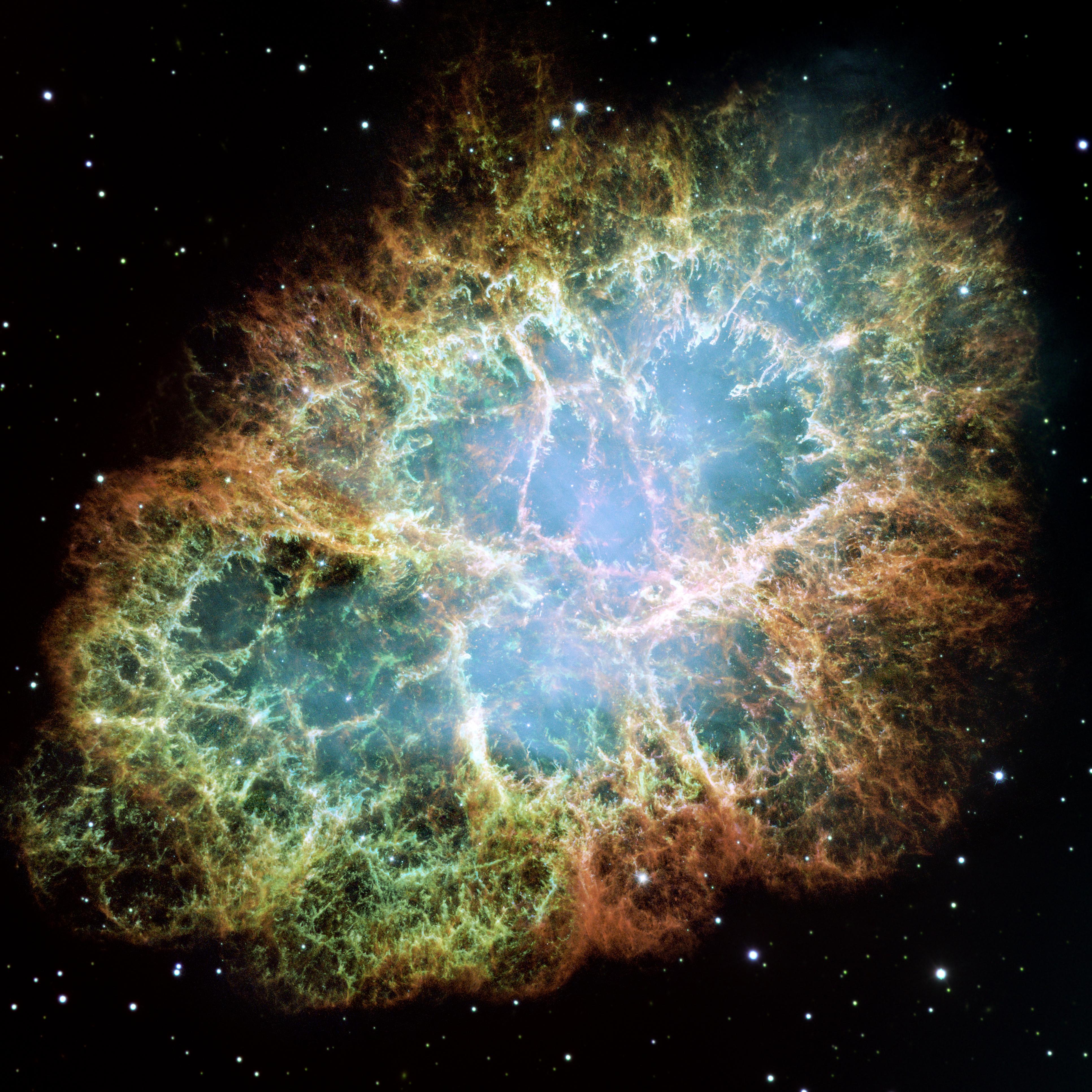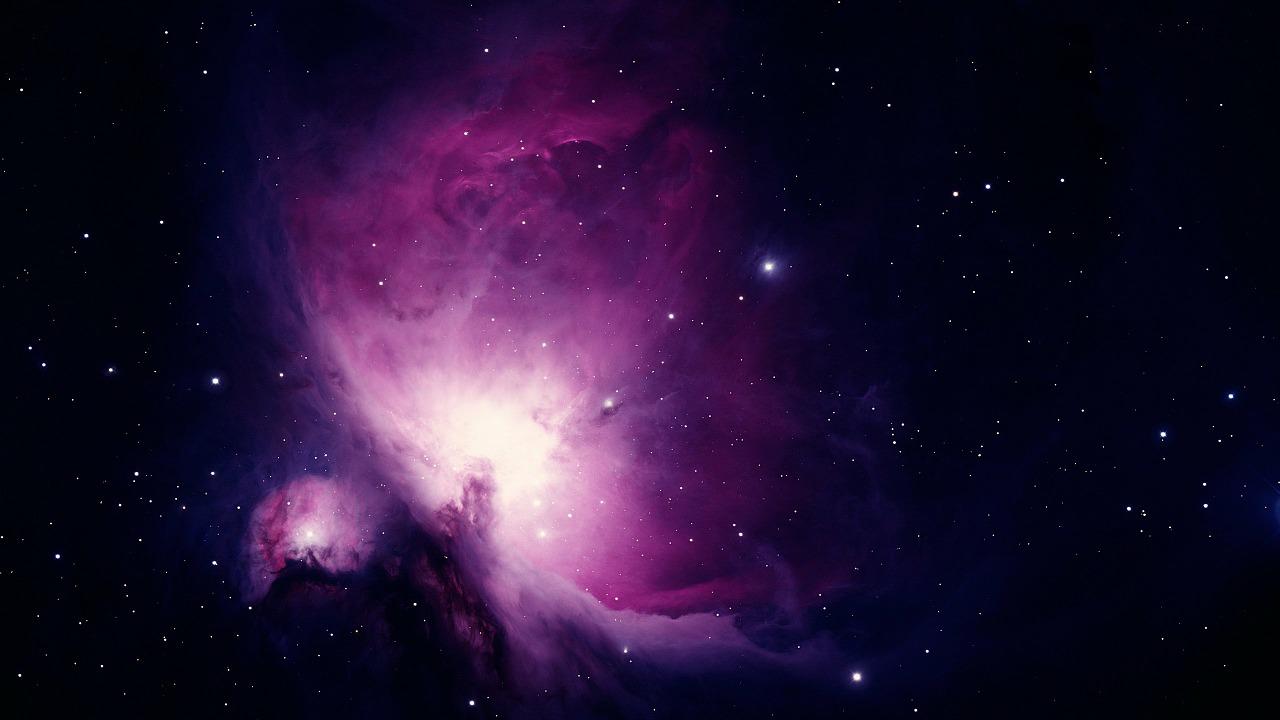Galaxies, Nebulas, and beyond
Galaxies and nebulas are classified based on their visual appearances as well as how active stars are forming inside of them in space
Galaxies are constantly evolving and moving throughout the cosmos
Galaxies are islands of stars, interstellar clouds of gas and dust that are constantly moving and changing in space as astronomers identify them into 4 main classes as well as many subclasses such as spiral, elliptical, lenticular, and irregular galaxies. Nebulas which are interstellar clouds of gas and dust are also divided into many classes and groups such as planetary nebulae, diffuse nebulae, supernova remnants, and dark nebulae. Star clusters are gatherings of stars that are either young or old and contain populations ranging from hundreds, ten thousand to millions of them and are divided into two types such as globular clusters and open clusters.
Let's take a look at some well-known examples of Galaxies and Nebulas

Spiral Galaxies
Spiral galaxies are a class of galaxies that are so named due to their spiral structures that extends from their centers to their galactic disks. The arms of these galaxies are sites of active star formation and are usually more luminous than the galactic thanks to hot young stars in those regions. Spiral galaxies according to astronomers, spiral galaxies make up 60% of the galaxies in the universe. Depicted here is the Milkyway's largest and one of its closest neighbors the Andromeda Galaxy also known as M31. The Andromeda Galaxy lies about 2.5 million light-years within the constellation Andromeda and is measured with a size equivalent to 220,000 light-years across.

Irregular galaxies
Irregular galaxies as the name implies are galaxies that have no defined shapes and appears disorganized usually lacking a galactic bulge or a spiral arm structure. 25% of all galaxies in the universe are irregular galaxies. Due to how small these galaxies are in comparison to other types of galaxies; irregular galaxies are at high risk of exposure to galactic collisions. Depicted here is an example of a dwarf irregular galaxy name IC 410 measured with a diameter of 36,00 light-years across and is located about 34 million light-years in the southern constellation Pavo.

Planetary Nebulae
Planetary Nebulae are a type of nebulas that forms when the expanding hydrogen shell of a dying red giant star is ejected. Despite the name, Planetary Nebulas has nothing to do with planets. These nebulas are named due to some of them having planets like resemblance to them when astronomers observed them through ancient telescopes. Planetary Nebulas form during the ending life stage of a star that's about 1 to 8 times the mass of our sun. Pictured here is M1 also known as the Crab Nebula, a planetary nebula that was recorded by Chinese astronomers in 1054 as a star that was so bright it could be seen in broad daylight. The Crab Nebula lies about 6,300 light-years away within the constellation Taurus.

H II Region
H II region is a type of nebula that is a region of an interstellar cloud of gas and dust that contains atomic hydrogen that is ionized gas. In these types of nebulae, star formation has taken place and these nebulas form in many shapes. The stars that are formed inside of them are usually massive young blue stars that emit ultraviolet light that helps ionize their region. the Orion Nebula also known as M42, is a well-known example of the H II region and is the first example of this type of nebula. Orion Nebula is about 1,500 light-years away from us.
